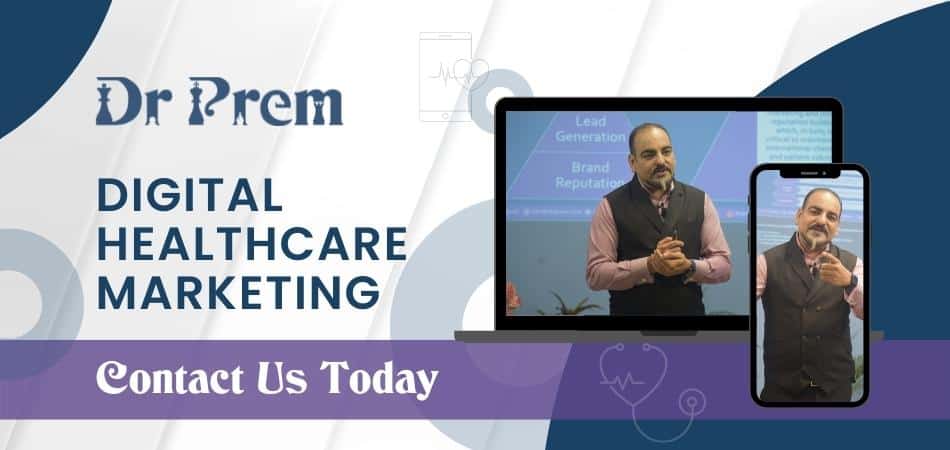How is PR different from Advertisement? PR & advertisement are both meant to communicate to the stakeholders. What is the difference in between these two mediums of communications? One of many key differences in PR and advertisement is that one always pays for the space and time of an advertisement, whereas, an editorial coverage through a PR activity is not paid for by the organization. The media gives coverage to a press release or a news story because it considers it newsworthy.
Furthermore, in advertising, the organization has full control over the message or the content, as you are paying for it. However, in the case of public relations, the media you are targeting is under no obligation to publish or run your story in any form. Also, there is a possibility that your story is rewritten as per the editorial guidelines or shortened due to space constraints. Media also reserves the right to print your story partially by taking only the relevant information. It can also be used as a part of any article.
In addition, you have no control over when the release or news will run. All decisions are made by the editor.When it comes to cost-effectiveness, PR is a cost-effective way of getting visibility and managing brand reputation. Taking efforts to write effective news releases and to build a relationship with the relevant media will be paid for in the form of positive exposure. When it comes to shelf life, an advertisement generally has a longer shelf life than one press release. Since you pay for the space, you can run your ads over and over for as long as your budget allows. On the contrary, one can submit a press release only once. An editor would not publish same press release three or four times in the magazine.
Moreover, advertisements more than often are made with an intention of selling. PR on the other hand has a bigger credibility value. When consumers read a well researched third-party article written about your product or company, they know that the content is not paid for and thus view it differently than a paid advertising.
Lastly, one can create several ad campaigns considering the number of ads one can place in one particular medium. This gives a larger scope for creativity. In public relations however, you have to have a penchant for news and be able to generate buzz through that news.




